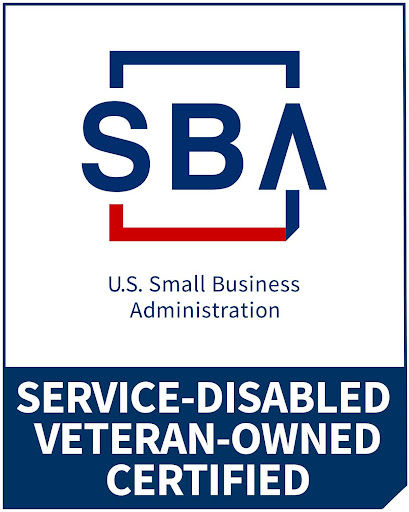Through air bonding is a type of thermal bonding that involves the application of heated air to the surface of the nonwoven fabric. During the through air bonding process, heated air flows through holes in a plenum above the nonwoven material. Unlike hot ovens, which push air through the material, the through air process uses negative pressure of suction to pull the air through an open conveyor apron holding nonwoven as it is drawn through the oven. Pulling air through the material allows the rapid and even transmission of heat to minimize distortion of the nonwoven material.
The binding agents used in the through air bonding process include crystalline binder fibers and powders, which melt to form molten droplets throughout the cross-section of the nonwoven. As the material is cooled, bonding occurs at these droplet points. Nonwovens created by the through air process have the characteristics of being:
- Bulky
- Open
- Soft
- Strong
- Extensible
- Breathable
- Absorbent
After production, through air bonding material is treated using a smoothing process called calendering. Hot roll calendering results in a thinner fabric, while cold calendering creates a thicker material. After calendering, the through air bond material remains flexible and extendible.
Through air bond nonwovens are used for hygiene products, filtration materials, bedding, furniture, carpet backing, cleaning wipes, dryer sheets, and other durable end use disposable products. In addition to the desirable characteristics provided by this versatile nonwoven material, it is has the benefit of being lightweight and safer for the environment.
WPT Nonwovens is your domestic source for through air bonded nonwoven material. Contact us to learn more about how we can meet your needs.

